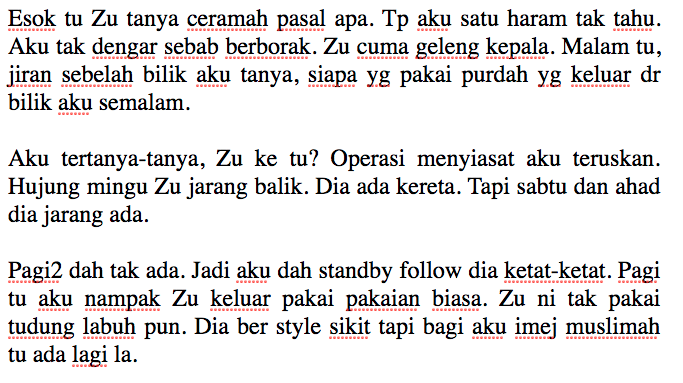Forex Trading: Day-Trading Chart Types
Charts are one of the most widely used tools by traders to analyze price movement. Yet, there are many different types, and in general, traders tend to stick with a specific chart type to conduct their technical analysis.
In general, charts there are three major types of Forex charts: Bar charts, candlestick charts, and line charts. Plus, the data is also represented by timeframe. For example, you can choose to look at data during many different timeframes, including:
Monthly
Weekly
Daily
Intra-Day (Four-Hour, One-Hour, 15-Minute)
The type of trader you are usually determines the timeframes that you look at. For example, long-term traders tend to look at monthly, weekly and daily charts. Day traders, on the other hand, tend to look at intra-day and daily charts. One common type of technical analysis - multiple timeframe - requires a trader to look at three different timeframes - for 4-hour, 1-hour and 15-minute - to determine the overall trend and narrow it down to find specific entry/exit points.
What's The Difference between Forex Charts?
It's important to choose a chart type and learn how to properly read it. Bar charts and candlestick charts, for example, deliver the same information, but it's displayed much differently. As a beginning day trader, it's important to learn how to read each type. Here's a quick look at the 3 major types:
Bar Charts: The bar chart displays four pieces of information: The open and close prices, as well as the highest and lowest prices during each time frame. So for example, if you were viewing a four-hour bar chart, each vertical bar would represent a 4-hour period. The top of the vertical bar would be the highest price, while the bottom would be the lowest price during the four hours. Plus, each bar would have a short horizontal notch on the right and left. These notches represent the opening (on the right) and closing (on the left) value for the currency pair.
Candlestick Charts: Like bar charts, candlestick charts show the open/close and high/low prices for a currency pair for a specific time frame. In these charts, there's a much wider vertical bar that's either red or green/blue, as well as a smaller line projecting up and down. The short line represents the highest/lowest price. Now, for open and close price, the color of the bar is important; red means the opening value was higher than the close, while blue/green means the closing price was higher. For red bars, the top of the bar represents the opening price and the bottom is the close price. For blue/green bars, it's the exact opposite. The top is the closing price, while the bottom is the opening price.
Line Charts: Line charts are much different than candlestick or bar charts. The big difference is that line charts only show the closing price for a particular period of time. Thusly, they're used primarily to show the overall direction of a trend, rather than help the trader pick specific entry/exit points.
It's critical that traders learn to read charts, but the type that you choose depends on what works best for you. Some prefer candlestick charts, while others choose bar charts. They both show the same data. Additionally, the time-frames you analyze will also be determined by your trading style.












